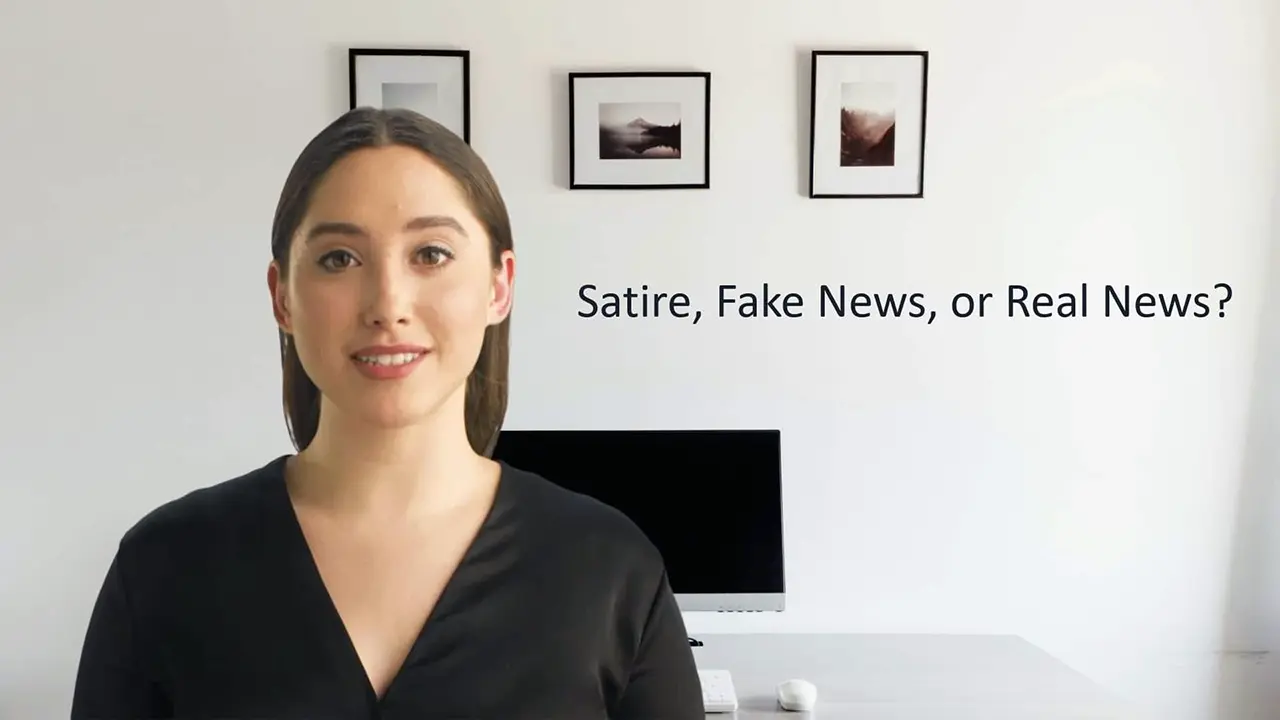AI Enhancements for Instructional Design
Pioneering AI Integration in Educational Technology and Instructional Design
Introduction
My journey through the Master of Educational Technology degree introduced me to the transformative potential of Artificial Intelligence (AI) in revolutionizing educational technology and instructional design. My experimentation with AI tools like ChatGPT, Eleven Labs, and Synthesia.io has been a cornerstone of my quest to find innovative, cost-effective solutions in education.
Transforming Research into a Podcast with AI
The Unpacking Learning Podcast
Transforming Research into a Podcast with AI
One recent test project involved converting an academic thought paper into a script for a podcast. Using ChatGPT, I was able to quickly transform a selection of academic writing into an engaging audio script about the advantages of constructivist learning/teaching principles. This script was then brought to life with a realistic audio track generated by Eleven Labs Speech Synthesis. My sample episode of the Unpacking Learning podcast demonstrates the power of AI in efficiently creating effective learning activities that are accessible to a wider audience.
One recent test project involved converting an academic thought paper into a script for a podcast. Using ChatGPT, I was able to quickly transform a selection of academic writing into an engaging audio script about the advantages of constructivist learning/teaching principles. This script was then brought to life with a realistic audio track generated by Eleven Labs Speech Synthesis. My sample episode of the Unpacking Learning podcast demonstrates the power of AI in efficiently creating effective learning activities that are accessible to a wider audience.
Enhancing Learning with AI-Powered Tools
In addition to the podcast, I leveraged Synthesia.io to enhance two Articulate Rise courses. By creating virtual avatars for videos and AI-generated voiceovers, I was able to produce high-quality instructional materials at a fraction of the usual cost. This approach not only saved resources but also added a layer of engagement to the courses, making them more appealing and accessible to learners.
How to Overcome the Fear of Failure

One of the sample courses focused on overcoming the fear of failure. This course aimed to help learners recognize and manage their fears, enabling them to approach challenges with confidence. By incorporating AI-generated avatars and voiceovers, the content became more relatable and immersive, encouraging learners to internalize the lessons and apply them in real-life scenarios. The interactive elements and engaging presentation style significantly enhanced the learning experience, making it both impactful and memorable.
How to Overcome the Fear of Failure
One of the sample courses focused on overcoming the fear of failure. This course aimed to help learners recognize and manage their fears, enabling them to approach challenges with confidence. By incorporating AI-generated avatars and voiceovers, the content became more relatable and immersive, encouraging learners to internalize the lessons and apply them in real-life scenarios. The interactive elements and engaging presentation style significantly enhanced the learning experience, making it both impactful and memorable.
Satire, Fake News, or Real News?

Social media have opened the floodgates to misinformation, disinformation, and fake news. This course addresses how to navigate all that misinformation, disinformation, and fake news – and not become part of the problem. This course provides learners with the tools to critically evaluate information, identify trustworthy sources, and avoid being misled by false narratives. The use of virtual avatars and AI-generated voiceovers adds a dynamic layer to the content, making it more engaging and accessible. Learners are better equipped to understand the complexities of information in the digital age, ensuring they can make informed decisions and contribute to a better informed society.
Satire, Fake News, or Real News?
Social media have opened the floodgates to misinformation, disinformation, and fake news. This course addresses how to navigate all that misinformation, disinformation, and fake news – and not become part of the problem. This course provides learners with the tools to critically evaluate information, identify trustworthy sources, and avoid being misled by false narratives. The use of virtual avatars and AI-generated voiceovers adds a dynamic layer to the content, making it more engaging and accessible. Learners are better equipped to understand the complexities of information in the digital age, ensuring they can make informed decisions and contribute to a better informed society.
Reflections on Cost-Effectiveness and Efficiency
Through these projects, I’ve seen firsthand how AI can revolutionize instructional design. The ability to create quality educational content without the traditional expenses of hiring actors for videos or voiceover artists has been a game changer. Moreover, the efficiency of converting written material into scripts and educational videos has significantly streamlined the content creation process.
Concluding Thoughts
My foray into integrating AI into instructional design has not only been about cost savings. It has been a journey towards finding innovative ways to engage learners and present information in more accessible formats. While my projects have drawn from various educational theories and technologies, my focus has always been on how these tools can be applied practically to improve instructional design. As I continue to explore the capabilities of AI in education, I am excited about the potential to further transform learning experiences, making them more engaging, accessible, and effective for diverse audiences.

